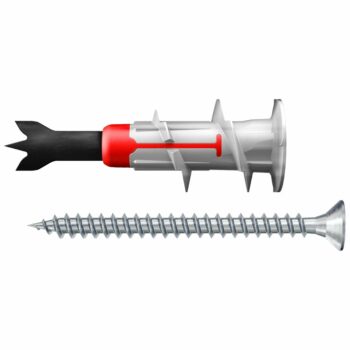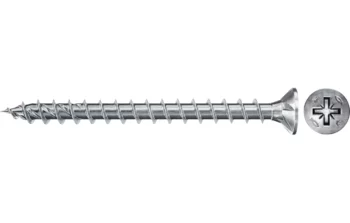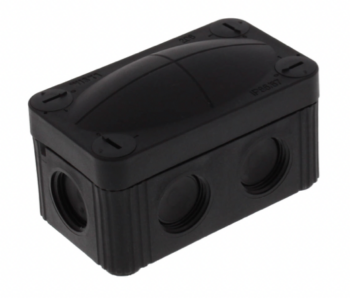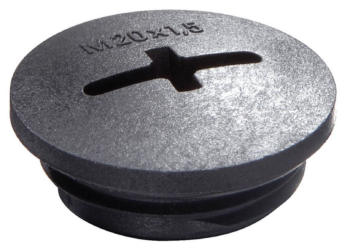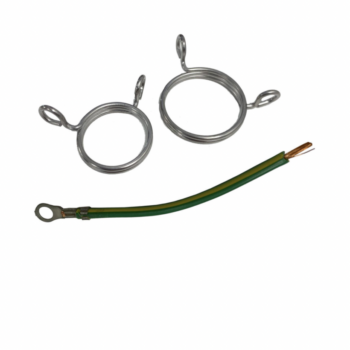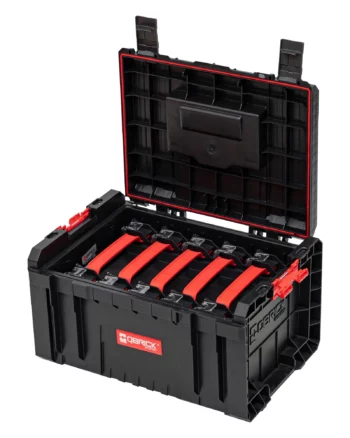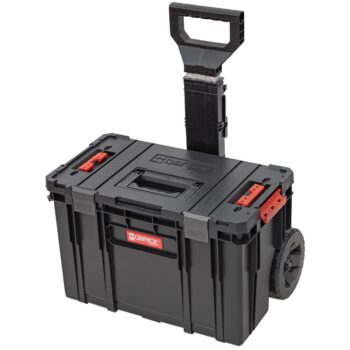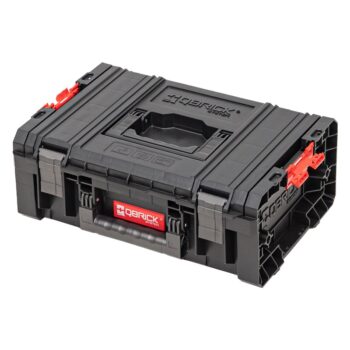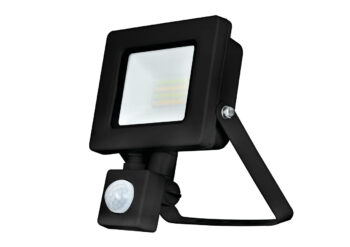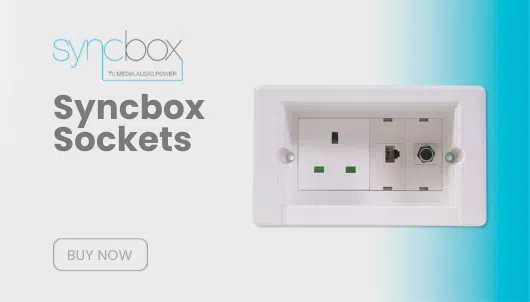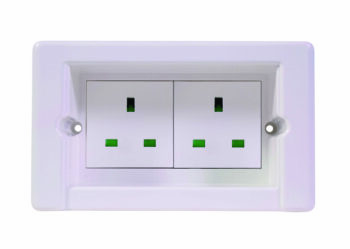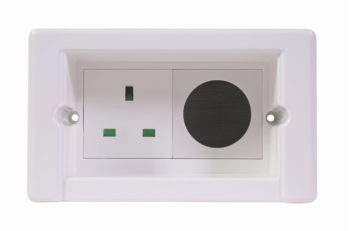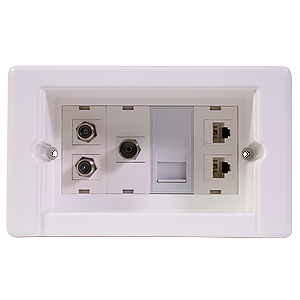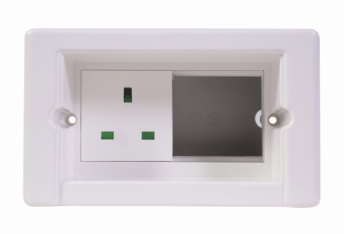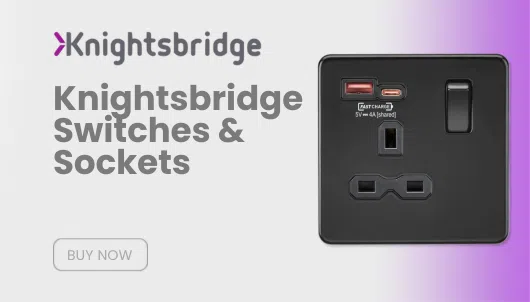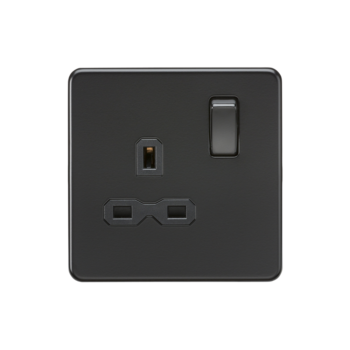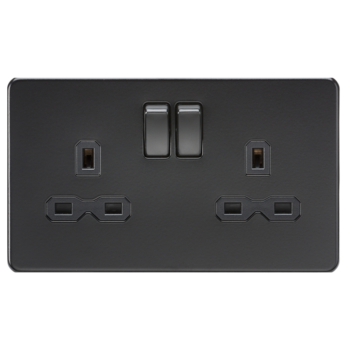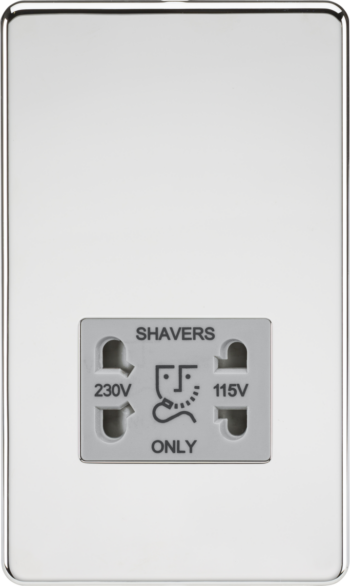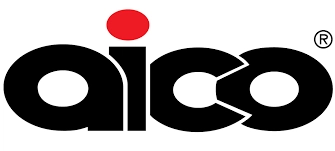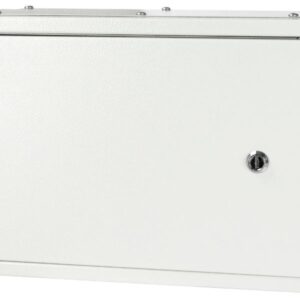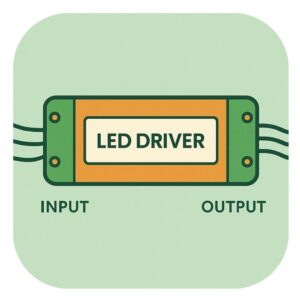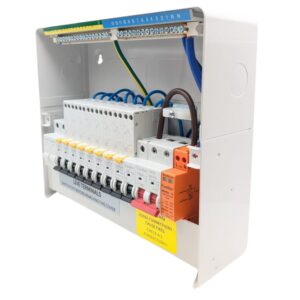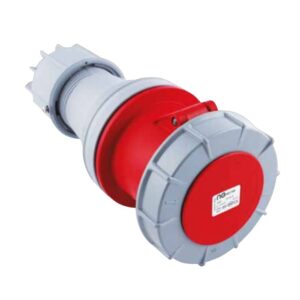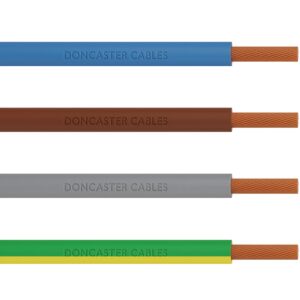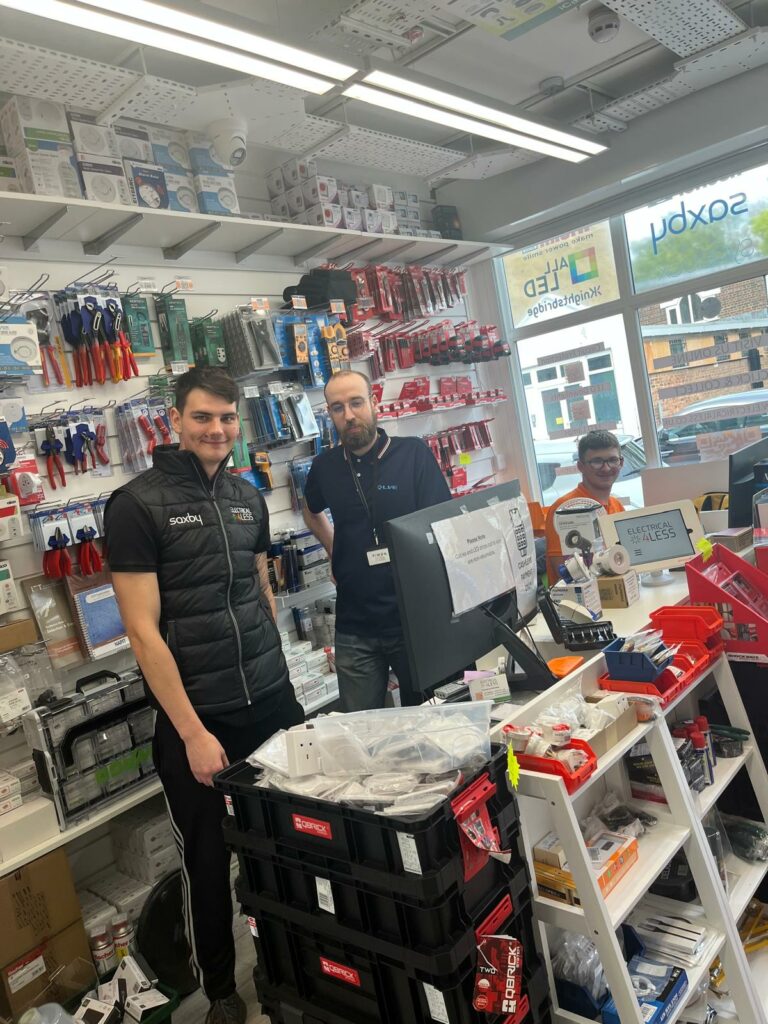
Rako: Revolutionizing Lighting Control for the Modern Home and Beyond
In the world of lighting control and home automation, few brands stand out like Rako. Known for its innovative technology, high-quality products, and commitment to creating seamless and intuitive lighting solutions, Rako has carved out a significant place in the market. This long-form post will explore the history of Rako, delve into the technology that underpins its products, examine the different types of products they offer, and explain why Rako is an exceptional choice for the modern world, modern homes, and the future.
The History of Rako
The Birth of Rako
Rako Controls Ltd was founded in 2002 in the United Kingdom by a group of lighting control specialists who shared a vision of creating a system that offered both sophistication and simplicity. At a time when home automation was becoming increasingly popular, the founders recognized a gap in the market for a lighting control system that was easy to install, versatile, and capable of adapting to the evolving needs of users.
The name “Rako” was inspired by the founders’ desire to bring something “radiant” and “kaleidoscopic” into the world of lighting, reflecting the brand’s focus on creating dynamic and customizable lighting environments. Since its inception, Rako has grown rapidly, gaining a reputation for reliability, innovation, and outstanding customer support.
Evolution and Expansion
Over the years, Rako has continued to expand its product range and improve its technology. The company quickly became known for its wireless lighting control systems, which provided a flexible and scalable solution for both new builds and retrofits. This was particularly appealing to homeowners, designers, and architects who sought an easy-to-install, yet sophisticated, lighting control solution.
Rako’s commitment to research and development has allowed it to stay ahead of industry trends and continuously introduce new products and features. From its early days focusing on residential lighting control, Rako has expanded into commercial and hospitality sectors, offering solutions that are now used in high-end hotels, restaurants, and corporate offices worldwide.
The Technology Behind Rako
Wireless and Wired Control Systems
One of the cornerstones of Rako’s success is its dual approach to lighting control technology, offering both wireless and wired systems. This flexibility is a significant part of what makes Rako products so appealing.
- Wireless Control: Rako’s wireless technology is a game-changer in the lighting control industry. Utilizing radio frequency (RF) technology, Rako’s wireless systems can be installed with minimal disruption to existing structures. This makes them ideal for retrofitting into older buildings where running new cables might be difficult or undesirable. The wireless system is also highly scalable, allowing users to start with a single room and expand the system across the entire property as needed.
- Wired Control: For new builds or major renovations, Rako offers wired control systems that use a CAT5 wired infrastructure. This system provides a robust and reliable network for lighting control, integrating seamlessly with other home automation systems. Wired systems are often preferred for large-scale projects or in situations where a completely wireless solution might face interference challenges.
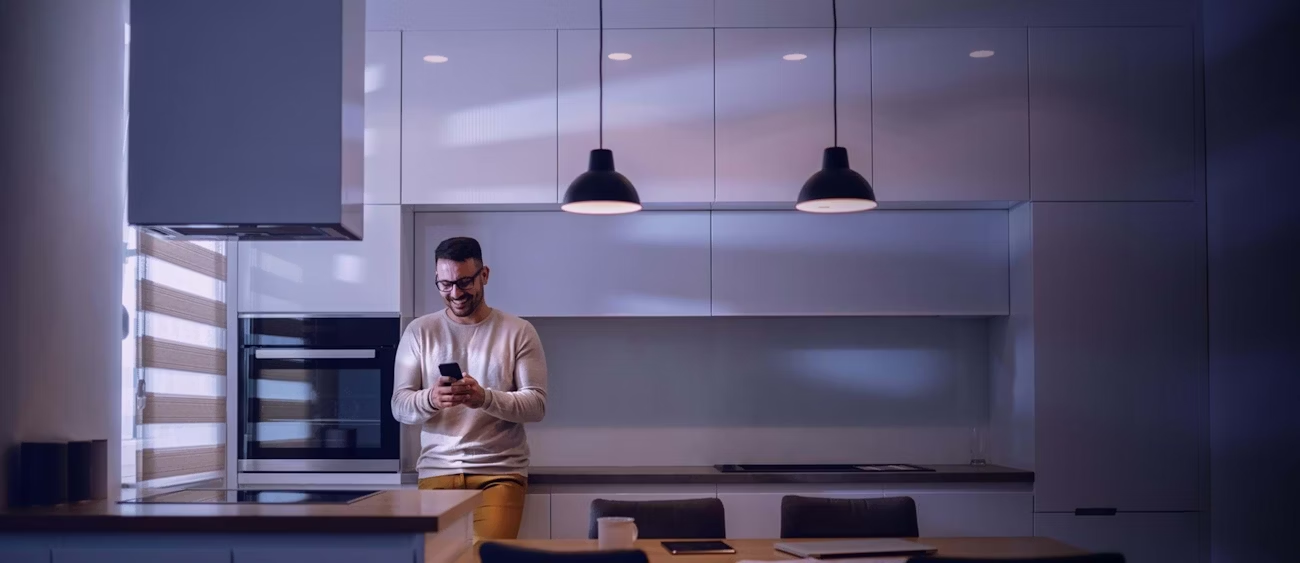
Dimming Technology
Rako’s dimming technology is another area where the company excels. Rako offers a variety of dimming modules that are compatible with different types of lighting, including:
- Trailing Edge Dimmers: Ideal for dimming LED lights, these dimmers are designed to provide smooth, flicker-free dimming with a high level of control over the light output.
- Leading Edge Dimmers: Commonly used for dimming halogen and incandescent lights, leading-edge dimmers are another versatile option in Rako’s product lineup.
- 0-10V and DALI Dimmers: For more complex commercial projects, Rako offers 0-10V and DALI (Digital Addressable Lighting Interface) dimming options. These are ideal for large-scale installations where precise control over a vast number of lights is required.
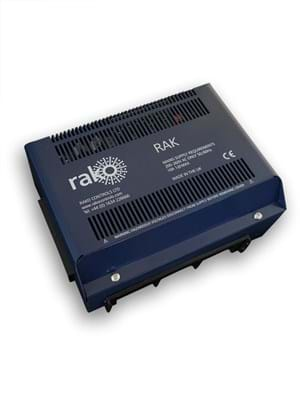
Scene Setting and Mood Lighting
Rako’s technology goes beyond simple on/off or dimming controls. One of the standout features of Rako systems is their ability to create and store multiple lighting scenes. Users can easily program and recall different lighting scenes to suit their mood, activity, or time of day. Whether it’s setting the perfect lighting for a cozy movie night, a lively dinner party, or a quiet reading session, Rako allows users to tailor their lighting environment to their exact preferences.
The ability to control lighting scenes is particularly useful in spaces like living rooms, kitchens, and bedrooms, where the lighting needs can vary greatly depending on the time of day or the activity taking place. This level of customization not only enhances the comfort and functionality of a home but also contributes to energy savings by ensuring that lights are only used when and where they are needed.
Integration and Control
Rako systems are designed to integrate seamlessly with other home automation systems, making it easy to create a cohesive smart home environment. Rako products are compatible with popular control systems like Crestron, Control4, and Lutron, as well as voice control systems such as Amazon Alexa, Google Assistant, and Apple HomeKit.
Control options are versatile, ranging from traditional wall-mounted keypads to smartphone apps and tablet interfaces. Rako’s mobile app provides full control over the lighting system from anywhere in the world, giving users the ability to adjust lighting scenes, set schedules, and monitor energy usage remotely.
Rako Products: A Comprehensive Range
Rako offers a wide range of products that cater to various lighting control needs, from simple dimmer switches to complex home automation systems. Here’s a look at some of their key product categories:
1. Dimming Modules
Rako’s dimming modules are at the heart of their lighting control systems. These modules are available in both wireless and wired versions and can be installed in a variety of locations, including behind light switches, in ceiling voids, or within distribution boards. The modules are compatible with all major lighting types, including LED, incandescent, and fluorescent lights.
2. Wall Plates and Keypads
Rako offers a stylish range of wall plates and keypads that allow users to control their lighting with ease. These keypads are available in various finishes to match the decor of any room. The keypads can be customized with different button layouts and functions, providing intuitive control over individual lights or entire lighting scenes.
3. Hub and Interface Devices
Rako’s hub devices act as the central control point for their lighting systems. The Rako Hub connects to the home’s network and allows users to control their lighting via the Rako app, integrate with other automation systems, or even connect with voice assistants. The hub also enables advanced features like remote access, energy monitoring, and integration with AV systems.
4. Sensors and Timers
Rako offers a range of sensors and timers that add automation to their lighting control systems. These devices can be used to automatically adjust lighting based on occupancy, daylight levels, or pre-set schedules. For example, a Rako PIR (Passive Infrared) sensor can detect when a room is occupied and adjust the lighting accordingly, or turn lights off when the room is empty to save energy.
5. Curtain and Blind Controllers
In addition to lighting control, Rako offers controllers for motorized curtains and blinds. These controllers can be integrated into the same system as the lighting, allowing users to create complete room scenes that adjust both the lighting and window coverings at the touch of a button.
6. Audio-Visual Integration
Rako systems are not limited to lighting control. They also offer solutions for integrating AV systems, allowing users to control their home entertainment alongside their lighting. This is particularly useful in home cinemas or media rooms, where creating the perfect ambiance involves both lighting and audio-visual elements.
Why Rako Is an Incredible Brand for the Modern World
Simplicity Meets Sophistication
One of the primary reasons Rako stands out in the modern world is its ability to combine simplicity with sophistication. Rako products are easy to install and use, making them accessible to a wide range of customers, from tech-savvy homeowners to those who are new to home automation. Despite their ease of use, Rako systems offer a high level of sophistication, with features like scene setting, energy monitoring, and remote access, ensuring that users can create a truly personalized and efficient lighting environment.
Flexibility for Every Home
Rako’s dual offering of wireless and wired systems provides unmatched flexibility, making their products suitable for any home, regardless of its age or construction type. Whether you’re retrofitting a period property or designing a new build, Rako has a solution that can be tailored to your specific needs. This flexibility extends to their product range, which includes everything from simple dimmers to advanced automation systems, allowing users to start small and expand their system over time.
Energy Efficiency and Sustainability
In today’s world, energy efficiency and sustainability are more important than ever. Rako’s systems help users reduce their energy consumption by providing precise control over their lighting and automating energy-saving behaviors. Features like occupancy sensors, daylight harvesting, and energy monitoring allow users to optimize their energy use, reducing both their carbon footprint and their energy bills.
Future-Proof Technology
Rako is committed to staying at the forefront of lighting control technology. Their continuous investment in research and development ensures that their products are future-proof, with the ability to integrate with the latest smart home technologies and adapt to new lighting innovations. Whether it’s the rise of LED lighting, the growth of the Internet of Things (IoT), or the increasing demand for voice-controlled systems, Rako is ready to meet the challenges of the future.
Exceptional Customer Support
Another reason Rako is a trusted brand is their commitment to customer support. From the initial design and planning stages to installation and beyond, Rako provides extensive resources and assistance to ensure that their customers get the most out of their systems. This includes detailed product guides, online tutorials, and a dedicated support team that is available to answer any questions or troubleshoot any issues.
The Future of Home Automation with Rako
As the world continues to embrace smart home technology, Rako remains at the forefront of the lighting control industry. Their innovative products, commitment to quality, and focus on customer satisfaction make them an exceptional choice for anyone looking to enhance their home or business with advanced lighting solutions. Whether you’re seeking to create the perfect ambiance in your living room, save energy in your office, or integrate your lighting with a complete home automation system, Rako offers the tools and technology to make it happen.
In the modern world, where efficiency, flexibility, and sustainability are paramount, Rako provides a lighting control solution that not only meets but exceeds expectations. As homes and businesses continue to evolve, Rako’s forward-thinking approach ensures that they will remain a leading name in the industry, ready to illuminate the future.
Rako FAQ
A Rako lighting system is a versatile and advanced lighting control solution designed for residential and commercial environments. It offers both wireless and wired options, enabling users to control and customize their lighting with ease. Rako systems are known for their ability to create and store lighting scenes, integrate with home automation systems, and provide energy-efficient lighting control.
RF dimming refers to the use of radio frequency (RF) signals to control the brightness of lights remotely. In Rako systems, RF dimming allows users to wirelessly adjust the light levels without the need for physical wiring between the control switch and the lighting fixtures. This makes installation easier, especially in retrofits, and provides flexibility in controlling lights from different locations.
The three primary types of dimming are:Leading Edge Dimming: Commonly used for incandescent and halogen lights, this method works by cutting off the front part of the AC waveform.Trailing Edge Dimming: Ideal for LED lighting, trailing edge dimming cuts off the end part of the AC waveform and typically provides smoother, quieter dimming.0-10V Dimming: Used in commercial applications, this method involves controlling the light output with a 0-10V signal, where 0V corresponds to off and 10V corresponds to full brightness.
The difference between 1-10V and 0-10V dimming lies in the voltage range used to control the light output:1-10V Dimming: 1V corresponds to the minimum light level (not completely off) and 10V to full brightness.0-10V Dimming: 0V corresponds to the lights being off, while 10V corresponds to full brightness. 0-10V dimming is more commonly used because it allows for a complete turn-off of the light.
Lighting control modules are devices that manage the power supplied to lighting fixtures. They receive commands from control devices like switches or apps and adjust the light output accordingly. In systems like Rako, these modules can be installed behind light switches, in ceiling voids, or within distribution boards and are available in both wired and wireless versions, enabling flexible installation and control.
RF on an LED light refers to radio frequency communication, which is used to wirelessly control the light. RF-enabled LED lights can be dimmed or turned on/off via remote controls, wall-mounted switches, or smart devices, providing flexible and convenient control without needing a direct line of sight.
The term “light” in this context refers to the visible illumination produced by a lighting fixture, while “RF” (radio frequency) refers to the wireless communication technology used to control lighting fixtures. RF allows for remote control of lighting systems without physical connections, whereas light is the actual output of the lighting fixture.
The primary advantage of using a dimmer switch is the ability to adjust the light intensity to create the desired ambiance and save energy. Dimming lights can reduce power consumption and extend the lifespan of the bulbs, offering both environmental and economic benefits.
Manual Control: Basic on/off switches and dimmers.Sensor-Based Control: Systems that adjust lighting based on occupancy, daylight levels, or motion.Timer-Controlled Systems: Lighting systems that operate on a pre-set schedule.Wireless Control: Lighting controlled via RF, WiFi, or Bluetooth signals, often integrated into smart home systems.Automated Systems: Advanced systems that integrate multiple control methods, often with the ability to adjust settings based on user behavior or environmental conditions.
In some cases, LED strip lights can interfere with WiFi signals, especially if they are of low quality or have poorly shielded power supplies. The interference is usually due to electromagnetic noise emitted by the LED drivers, which can affect nearby WiFi networks. Using high-quality, well-shielded LED strip lights can minimize this risk.
Backlight dimming refers to the adjustment of the backlight brightness in displays such as televisions or monitors to improve contrast, reduce power consumption, or enhance viewing comfort. In the context of LED lighting, it might refer to controlling the brightness of backlit surfaces or panels.
Yes, dimming reduces power consumption. By lowering the light output, less electrical energy is consumed. The amount of power saved depends on the type of dimming technology and the light source, with LED lights typically offering significant energy savings when dimmed.
The auto dimming feature automatically adjusts the brightness of a light source based on environmental conditions or user settings. For example, a light might dim in response to increased ambient light during the day or gradually reduce its brightness in the evening to create a more relaxing atmosphere.
Dimming frequency refers to the rate at which a dimmer modulates the power supplied to a light source. High dimming frequency can result in smoother dimming and reduced flicker, which is particularly important for preventing visual discomfort or interference with cameras.
10% dimming means that the light output is reduced to 10% of its maximum brightness. This level of dimming is often used to create a low-light environment for activities that require minimal illumination, such as watching a movie or creating a relaxing atmosphere.
Dimming is important because it allows for greater control over the lighting environment, helping to create the desired ambiance, improve comfort, and save energy. Dimming can also extend the life of light bulbs by reducing the amount of time they operate at full brightness. Additionally, dimming can reduce glare and eye strain, contributing to overall well-being.





